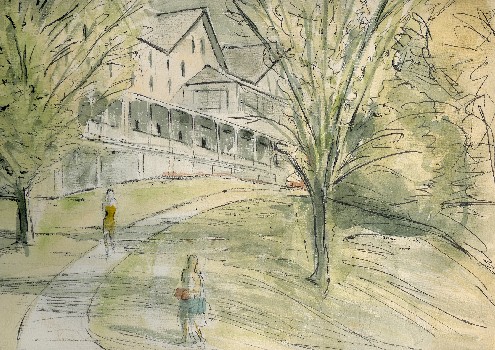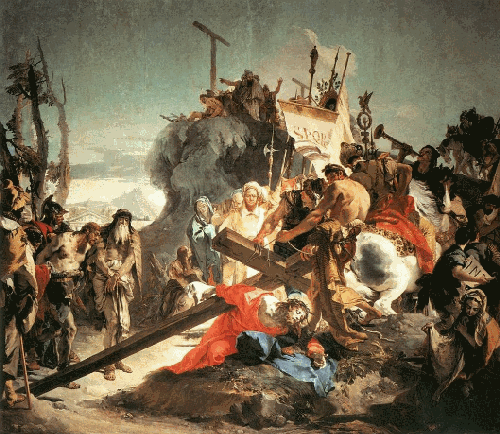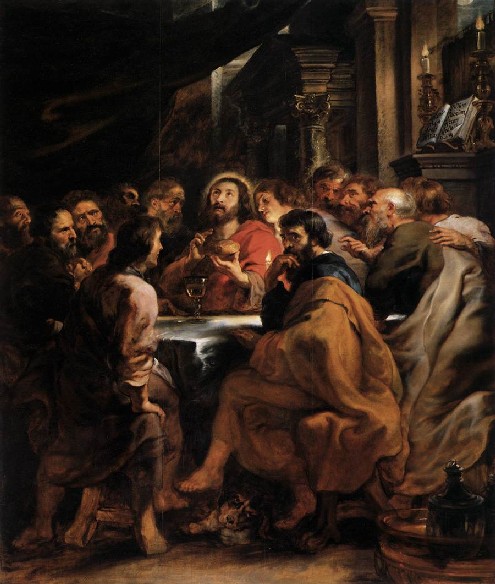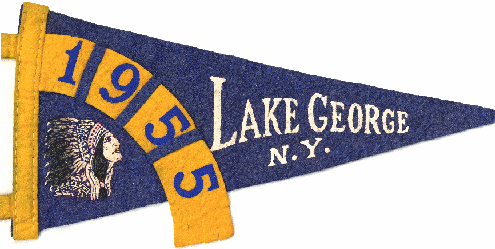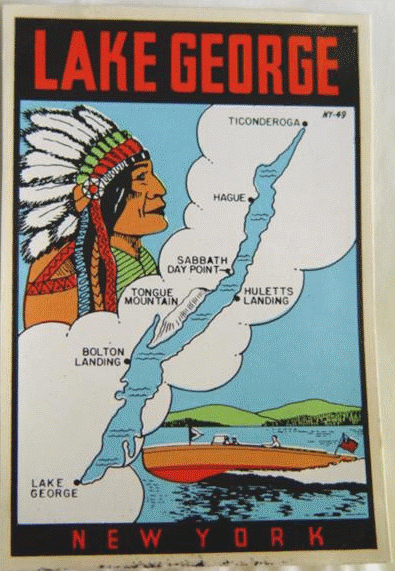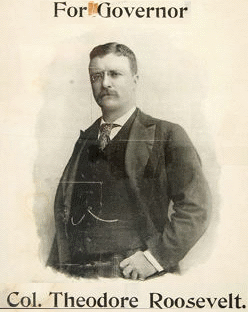
Theodore Roosevelt, as the former Governor of New York, who would go onto serve as President starting in 1901 when William McKinley was assassinated while he was Vice-President, had many friends throughout the Adirondacks.
This is an excerpt from the Warrensburg News from July 19, 1903 entitled; The Presidents Guest, Mike Cronin Tells of his Visit to the White House, Exchanged Opinions with Chief Executive on Various Important Subjects
“I got to the White House all right and I tell you the President made me feel right at home. We spent two solid hours talking and some of the biggest in the land had to sit outside and twirl their hats.”
“It may (seem) conceited in me to say it, but the President and I are interested in many of the same subjects. We talked about good roads – our ride when President McKinley lay dying led up to it – the protection of the Adirondack forests and the necessity of the state purchasing lands that are for sale and dedicating them to the public comfort as a play ground and health resort.”
“The President said that people should be careful about fires and that every citizen should extend his utmost power to prevent them, each man constituting himself a fire warden, an especial protector of this great means of earning a livelihood.”
“Well to change the subject, the President asked, “How’s Mrs. Cronin? And Rosey? And Katherine? And Arthur? And Add?” He remembered them all.
“Well Mr. Roosevelt,” I said, “you see I believe in your idea of an American’s duty in welcoming all the little ones that come along.”
“That’s all right,” he said, “I admire you for it.”
“You have got me beaten by one though sir.”
“Don’t worry about that,” said he, “you’ll be catching up to me the first thing you know.”
“After our little chat he sent me to the House of Representatives with his private secretary.”
“Don’t think for a minute I am stuck on myself,” apologized Mike, “or that I think I’m a better man than I was before I was entertained by the President. But I’m so tickled over the way he treated me, just as if I was his own brother, that I can’t help letting the gladness stick out.”
“But I wouldn’t change places with the President. I have less responsibility and a pleasanter place to live. His life is a hard one.”


